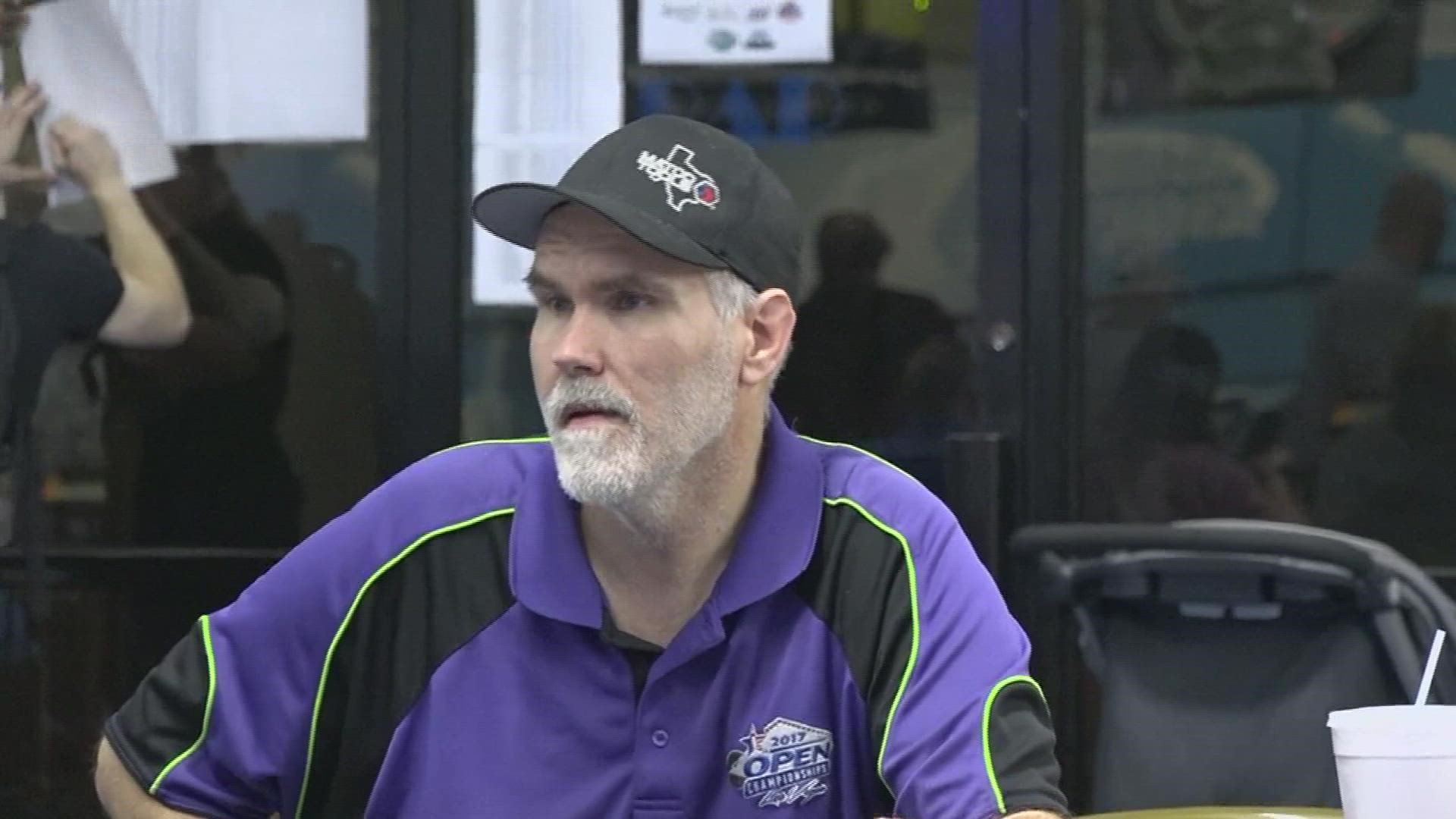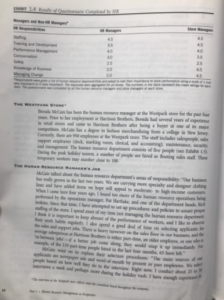

It was an unusual sound for the time, with a touching emotional quality,” she writes in “Simple Dreams.” She later adds, “I learned to sing it better. “…it sounded like a gritty orchestra string section.
ITS BEEN A LONG LONG TIME UP CODE
Producer Elliot Mazer (Neil Young, Gordon Lightfoot) pulled together a group of Nashville session musicians called Area Code 615, which also included violinist Buddy Spicher and bass player Norbert Putnam. As soon as the fiddle player and Weldon Myrick, who’s the steel guitar, began to play those chords, they got real into that and became personally involved.” And it happened to the musicians, who are jaded session players. “I think I kind of butchered it, but it is definitely in those chords. I think my phrasing was horrible,” she said. “I can remember the day I recorded ‘Long, Long Time.’ It was 10:30 in the morning, but I was really into this kind of achy feeling, because the music – it’s in these chords. Later, in an October 1985 interview with Esquire, Ronstadt recalled the day of recording. I told Gary I wanted to record it immediately.” “He had already packed up his guitar, so he took it back out of its case, sat down, and began to sing. “We saw the last part of his very impressive show made rich with his cowboy falsetto and a song about a poignant, sad girl of a certain reputation named Louise, and then went backstage to meet Gary,” she writes of the first moment she heard the song. I thought it difficult for someone to know what I looked for in a song,” she adds. “He said White had written some good songs, and there was one in particular that he felt would be perfect for me,” Ronstadt writes in Chapter 3, “Going Solo.” Songwriter and guitar player David Bromberg once asked her after a show to accompany him to the nearby Cafe Au Go-Go, where Gary White was playing backup guitar for singer-songwriter Paul Siebel. In 1969, Ronstadt was opening shows for Jerry Jeff Walker at New York’s Bitter End. “Long, Long Time” became her breakout hit – spending 12 weeks on the Billboard Hot 100 and peaking at No. Home Grown, Ronstadt felt she “was floundering as a singer,” as she writes in her 2013 memoir, “Simple Dreams.” Her luck would change with her second album, 1970’s Silk Purse. So how are things at home? How are your parents?īy now, the two friends have caught up (=heard each other’s news) and they may move on to other subjects.Going solo wasn’t so easy for Linda Ronstadt. It is natural to follow this with a question about that situation:Īnother question for asking about a particular situation is How are things at…?: The last time we spoke, you’d just started your new job. The last time I saw you, I think you were about to start your course. The person replying often asks the same question, sometimes with the shorter, How about you?Īgain, to show interest in the other person’s life, one of the friends might refer to the last time they met or spoke, mentioning something that was happening in the other person’s life at that point: The answer often includes the same tense:Īctually, I’ve been travelling (UK) /traveling (US) a lot.Ī more informal question with the same meaning is So what have you been up to recently? The friend might reply Yes, it’s been a while.Ī natural next step is to show interest by asking What have you been doing recently? Note the tense: the present perfect continuous, used for recent activities that are still continuing. They say I haven’t seen you for ages, I feel I haven’t seen you for ages, or It seems like ages since I last saw you.

If the two people haven’t seen each other for a long time, one of them often mentions this next. (You might notice that the grammatically correct Really well, thanks is not used very much in informal spoken English.) In the UK people may say Yeah, good, thanks, and in the US people may say Real good, thanks. The positive reply is usually Good, thanks, often followed by a similar question. The following are all used as friendly, informal questions between friends who have just met again, having not seen each other recently: However, one thing that we all need from time to time is the language for starting a conversation with a friend that we haven’t seen for a while. Of course, we can chat about so many different subjects, it’s hard to know which particular areas of the language to look at. They want to learn the sort of phrases that they can use to chat informally with friends.

People often ask us for conversational English on this blog.


 0 kommentar(er)
0 kommentar(er)
